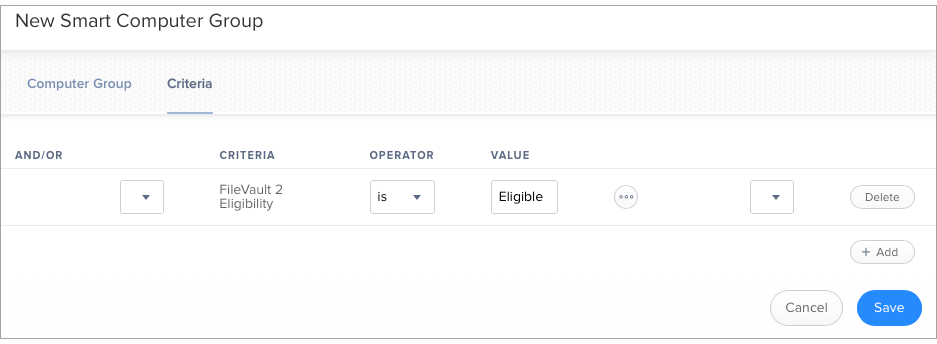

It takes the contents of an advanced search, loops through the computers-preview endpoint on the Jamf Pro API to get management IDs for all computers in the search, and uses the /api/preview/mdm/commands endpoint to send the recovery lock command.

I decided to take matters into my own hands and wrote up this script. It’s become an issue here, as we found evidence that students had figured out that they could boot to Recovery Mode on lab computers. We were content to wait and see if Jamf included the MDM command in an upcoming release.Īs I write this, it’s January of 2022 and the MDM command still isn’t available. Even if it weren’t buggy, we had already enrolled all of our computers during the summer and had no plans to wipe and re-enroll them all. On top of that, there were multiple bugs reported right off the bat. Jamf announced support for Recovery Lock in September of 2021 in Jamf Pro 10.32…but only during PreStage Enrollment. When the Recovery Lock MDM command was announced, we cheered.
JAMF PRO FILEVAULT PASSWORD
Try it for yourself – no password is needed and you can erase the disk.
JAMF PRO FILEVAULT MAC
Uncheck the checkbox for "Put hard disks to sleep when possible" if this setting is available.Įnsure your Mac is in a physically secure place during decryption and re-enable FileVault AS SOON AS POSSIBLE.Enable the checkbox for "Prevent your Mac from automatically sleeping when the display is off".Choose Apple menu > System Preferences, then click "Energy Saver" or "Battery".You can revert these settings after you've re-encrypted your Mac. You can also keep your Mac awake during decryption and re-encryption to let it keep progressing while unattended. You can check progress in System Preferences > Security & Privacy > FileVault. Click the lock 🔒 icon in the bottom left, then enter an administrator name and password.ĭecryption will proceed in the background as you use your Mac, and only while your Mac is awake and plugged in to AC power.Choose Apple menu > System Preferences, then click Security & Privacy.While the risk of issues is generally low, you should have a recent backup of your data before proceeding in case something goes wrong. If you have already enabled FileVault disk encryption with an iCloud account as the recovery option, you will need to decrypt and re-encrypt your Mac's disk(s) to use a FileVault Recovery Key.
JAMF PRO FILEVAULT CODE
UCSF does not want or need your iCloud password - a Recovery Key is a code specific for encryption on your Mac and does not allow access to your iCloud account. In some cases, you may not have a FileVault Recovery Key because macOS will allow you to use your iCloud login to unlock your Mac, but this does not satisfy the Proof of Encryption requirements as part of UCSF and UC policy.

If a Mac cannot use UCSF's Jamf Pro, the Proof of Encryption form can be used to provide evidence of encryption and also escrow an FileVault Recovery Key with UCSF. If you cannot use Jamf Pro, use the Proof of Encryption form and a FileVault Recovery Key Instructions for enrolling a Mac with Jamf Pro are available at ( MyAccess login required). Jamf Pro is the recommended solution for encryption management on Macs used for UCSF work or study, and is provided at no charge to the UCSF community. Mac computers used for UCSF business or study can enroll into Jamf Pro to manage encryption and facilitate compliance with the UCSF Minimum Security Standards ( ) .


 0 kommentar(er)
0 kommentar(er)
